Comparison: Which is better, Mac Studio or Mac Pro?
Apple’s new Mac Studio is the company’s most powerful Apple Silicon machine yet. Here's how it compares to the Mac Pro, Apple's most powerful Intel-based Mac yet.
Mac Studio fills a new position in Apple's Mac product line between the Mac mini and Mac Pro. While it technically falls between these devices in the lineup, it actually outperforms the Mac Pro in every metric.
To see how Mac Studio offers more for less, here's a comparison of the two machines' CPU, graphics capabilities, and other considerations.
Mac Studio vs. Mac Pro - Specifications
| A | Mac Studio (M1 Max) | Mac Studio (M1 Ultra) | Baseline Mac Pro | Top Mac Pro |
|---|---|---|---|---|
| 10 cores M1 Max | 20 core M1 Ultra | 8 core 3.5GHz Intel Xeon W | 28 core 2.5GHz Intel Xeon W | Turbo Boost up to 4.4GHz |
| 32GB unified memory, | up to 64GB | 64GB unified memory,up to 128GB | 32GB DDR4 ECC 2666MHz Up to 1.5TB of DDR4 EEC | |
| M1 Max 24 Cores | M1 Ultra 48 Cores | AMD Radeon Pro W5500X | AMD Radeon Pro W6900X | |
| Media Engine | Media Engine | - | Apple Afterburner | |
| 512GB, 1TB, 2TB, 4TB, 8TB | 512GB, 1TB, 2TB, 4TB, 8TB | 512GB, 1TB, 2TB, 4TB, 8TB | 512GB, 1TB, 2TB, 4TB, 8TB | |
| 4 Thunderbolt 4 ports | 2 USB-C ports 2 USB-A ports 10Gb Ethernet SDXC (UHS-II) | 6 Thunderbolt 4 ports2 USB-A ports 10Gb Ethernet SDXC (UHS-II) | Two USB 3 portsUp to 12 Thunderbolt 3 ports Dual 10Gb Ethernet 8 PCI Express card slots | Two USB 3 portsUp to 12 Thunderbolt 3 ports Dual 10Gb Ethernet 8 PCI Express Card Slot |
| Wireless Network 6 | Wireless Network 6 | 802.11ac | 802.11 ac | 2 10Gb Ethernet ports |
| 5.0 | 5.0 | 5.0 | 5.0 | |
| Starting at $1,999 | $7,999 | $5,999 | $45,799 |
The above is the detailed content of Comparison: Which is better, Mac Studio or Mac Pro?. For more information, please follow other related articles on the PHP Chinese website!

Hot AI Tools

Undresser.AI Undress
AI-powered app for creating realistic nude photos

AI Clothes Remover
Online AI tool for removing clothes from photos.

Undress AI Tool
Undress images for free

Clothoff.io
AI clothes remover

AI Hentai Generator
Generate AI Hentai for free.

Hot Article

Hot Tools

Notepad++7.3.1
Easy-to-use and free code editor

SublimeText3 Chinese version
Chinese version, very easy to use

Zend Studio 13.0.1
Powerful PHP integrated development environment

Dreamweaver CS6
Visual web development tools

SublimeText3 Mac version
God-level code editing software (SublimeText3)

Hot Topics
 1378
1378
 52
52
 deepseek ios version download and installation tutorial
Feb 19, 2025 pm 04:00 PM
deepseek ios version download and installation tutorial
Feb 19, 2025 pm 04:00 PM
DeepSeek Smart AI Tool Download and Installation Guide (Apple Users) DeepSeek is a powerful AI tool. This article will guide Apple users how to download and install it. 1. Download and install steps: Open the AppStore app store and enter "DeepSeek" in the search bar. Carefully check the application name and developer information to ensure the correct version is downloaded. Click the "Get" button on the application details page. The first download may require AppleID password verification. After the download is completed, you can open it directly. 2. Registration process: Find the login/registration portal in the DeepSeek application. It is recommended to register with a mobile phone number. Enter your mobile phone number and receive the verification code. Check the user agreement,
 Why can't the Bybit exchange link be directly downloaded and installed?
Feb 21, 2025 pm 10:57 PM
Why can't the Bybit exchange link be directly downloaded and installed?
Feb 21, 2025 pm 10:57 PM
Why can’t the Bybit exchange link be directly downloaded and installed? Bybit is a cryptocurrency exchange that provides trading services to users. The exchange's mobile apps cannot be downloaded directly through AppStore or GooglePlay for the following reasons: 1. App Store policy restricts Apple and Google from having strict requirements on the types of applications allowed in the app store. Cryptocurrency exchange applications often do not meet these requirements because they involve financial services and require specific regulations and security standards. 2. Laws and regulations Compliance In many countries, activities related to cryptocurrency transactions are regulated or restricted. To comply with these regulations, Bybit Application can only be used through official websites or other authorized channels
 Sesame Open Door Trading Platform Download Mobile Version Gateio Trading Platform Download Address
Feb 28, 2025 am 10:51 AM
Sesame Open Door Trading Platform Download Mobile Version Gateio Trading Platform Download Address
Feb 28, 2025 am 10:51 AM
It is crucial to choose a formal channel to download the app and ensure the safety of your account.
 gate.io sesame door download Chinese tutorial
Feb 28, 2025 am 10:54 AM
gate.io sesame door download Chinese tutorial
Feb 28, 2025 am 10:54 AM
This article will guide you in detail how to access the official website of Gate.io, switch Chinese language, register or log in to your account, as well as optional mobile app download and use procedures, helping you easily get started with the Gate.io exchange. For more tutorials on using Gate.io in Chinese, please continue reading.
 Sesame Open Door Exchange App Official Download Sesame Open Door Exchange Official Download
Mar 04, 2025 pm 11:54 PM
Sesame Open Door Exchange App Official Download Sesame Open Door Exchange Official Download
Mar 04, 2025 pm 11:54 PM
The official download steps of the Sesame Open Exchange app cover the Android and iOS system download process, as well as common problems solutions, helping you download safely and quickly and enable convenient transactions of cryptocurrencies.
 How to find the download link of Ouyi okx Android and Apple
Feb 21, 2025 pm 05:39 PM
How to find the download link of Ouyi okx Android and Apple
Feb 21, 2025 pm 05:39 PM
Ouyi OKX is a world-leading cryptocurrency exchange that provides users with a safe and convenient trading experience. Users can download Ouyi OKX's mobile apps, including Android and Apple versions through official channels.
 How to install and register an app for buying virtual coins?
Feb 21, 2025 pm 06:00 PM
How to install and register an app for buying virtual coins?
Feb 21, 2025 pm 06:00 PM
Abstract: This article aims to guide users on how to install and register a virtual currency trading application on Apple devices. Apple has strict regulations on virtual currency applications, so users need to take special steps to complete the installation process. This article will elaborate on the steps required, including downloading the application, creating an account, and verifying your identity. Following this article's guide, users can easily set up a virtual currency trading app on their Apple devices and start trading.
 Compilation and installation of Redis on Apple M1 chip Mac failed. How to troubleshoot PHP7.3 compilation errors?
Mar 31, 2025 pm 11:39 PM
Compilation and installation of Redis on Apple M1 chip Mac failed. How to troubleshoot PHP7.3 compilation errors?
Mar 31, 2025 pm 11:39 PM
Problems and solutions encountered when compiling and installing Redis on Apple M1 chip Mac, many users may...



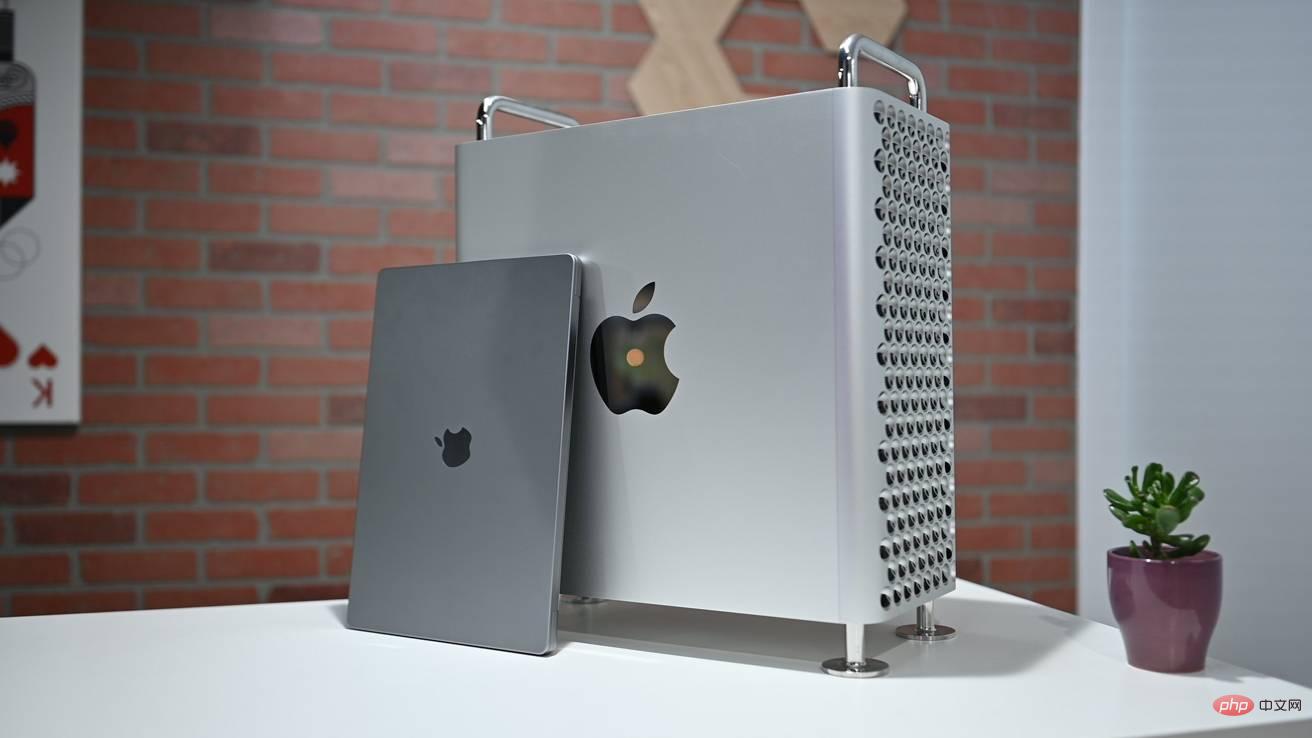 The Mac Pro is a modular machine, while Apple's M-series Macs are not.
The Mac Pro is a modular machine, while Apple's M-series Macs are not. 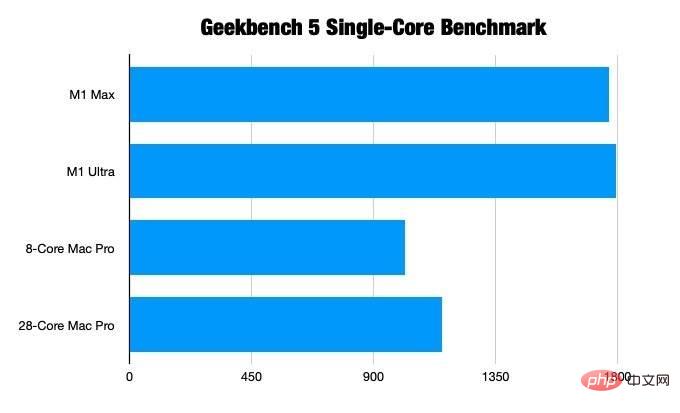
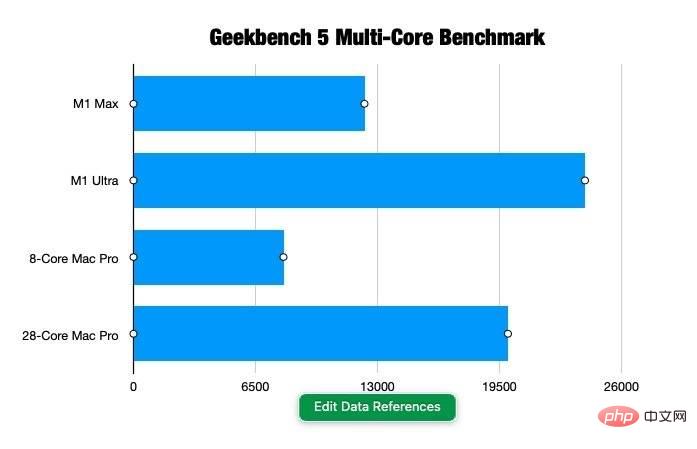
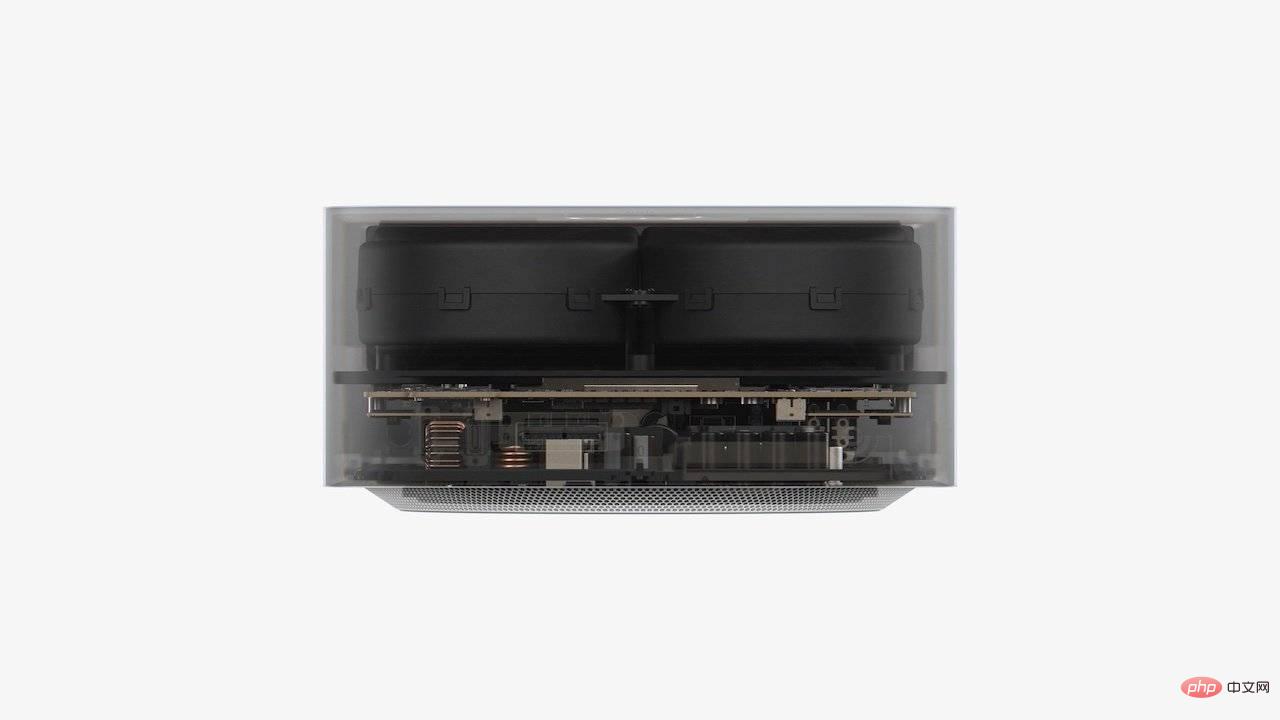 Apple’s Mac Studio is not user-configurable.
Apple’s Mac Studio is not user-configurable. 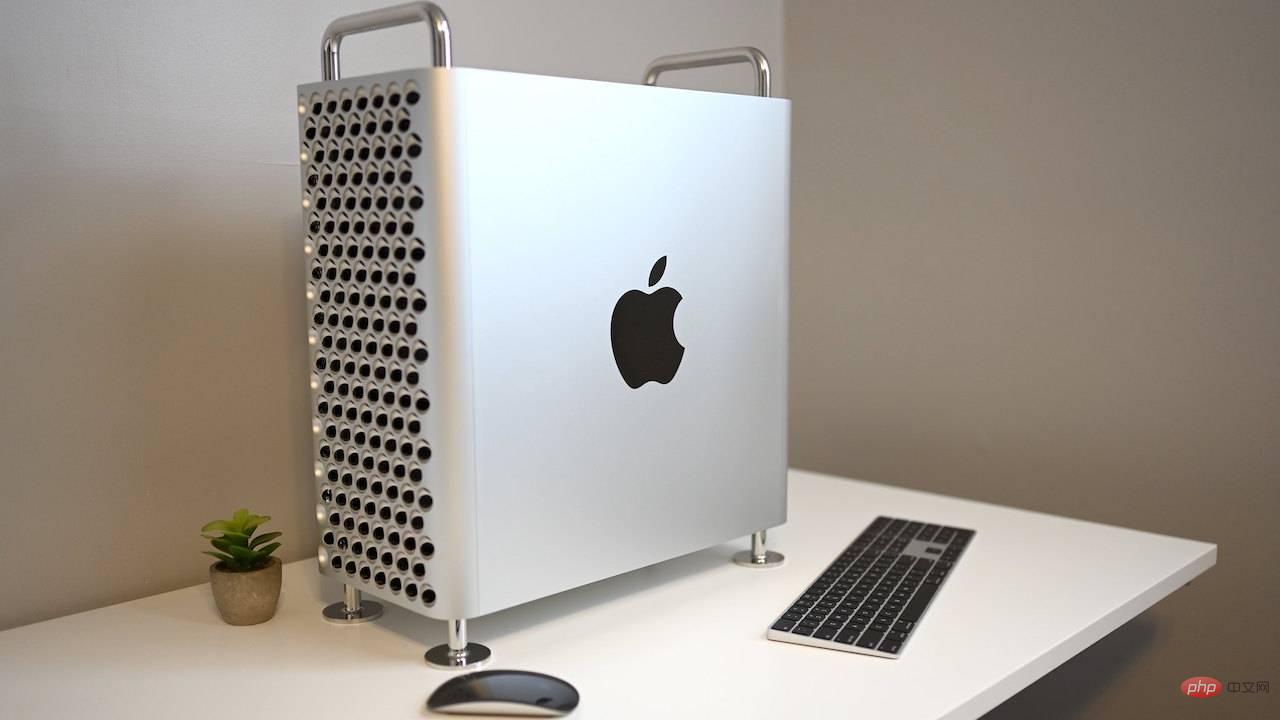 The Mac Pro has a range of GPU options available.
The Mac Pro has a range of GPU options available. 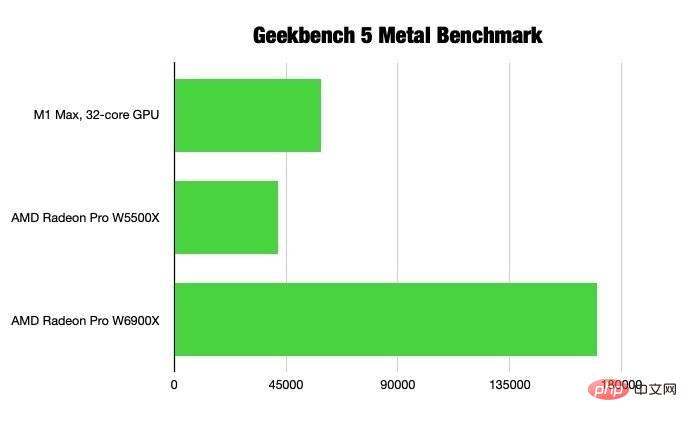
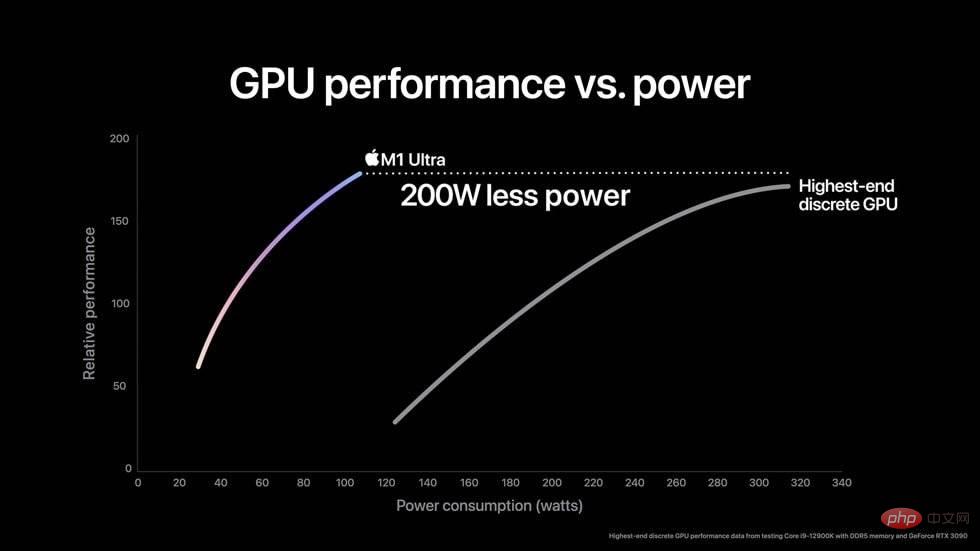
 Mac Studio’s media engine is far superior to the Afterburner card.
Mac Studio’s media engine is far superior to the Afterburner card. 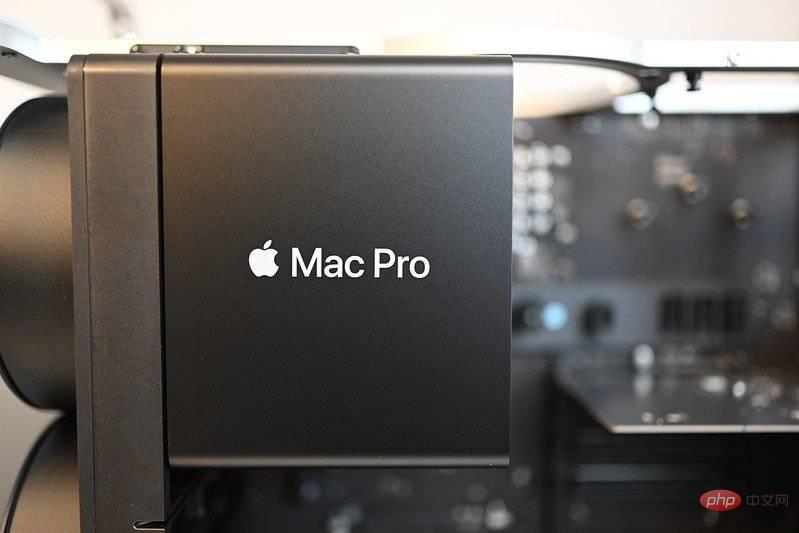 Mac Pro is highly modular and configurable.
Mac Pro is highly modular and configurable. 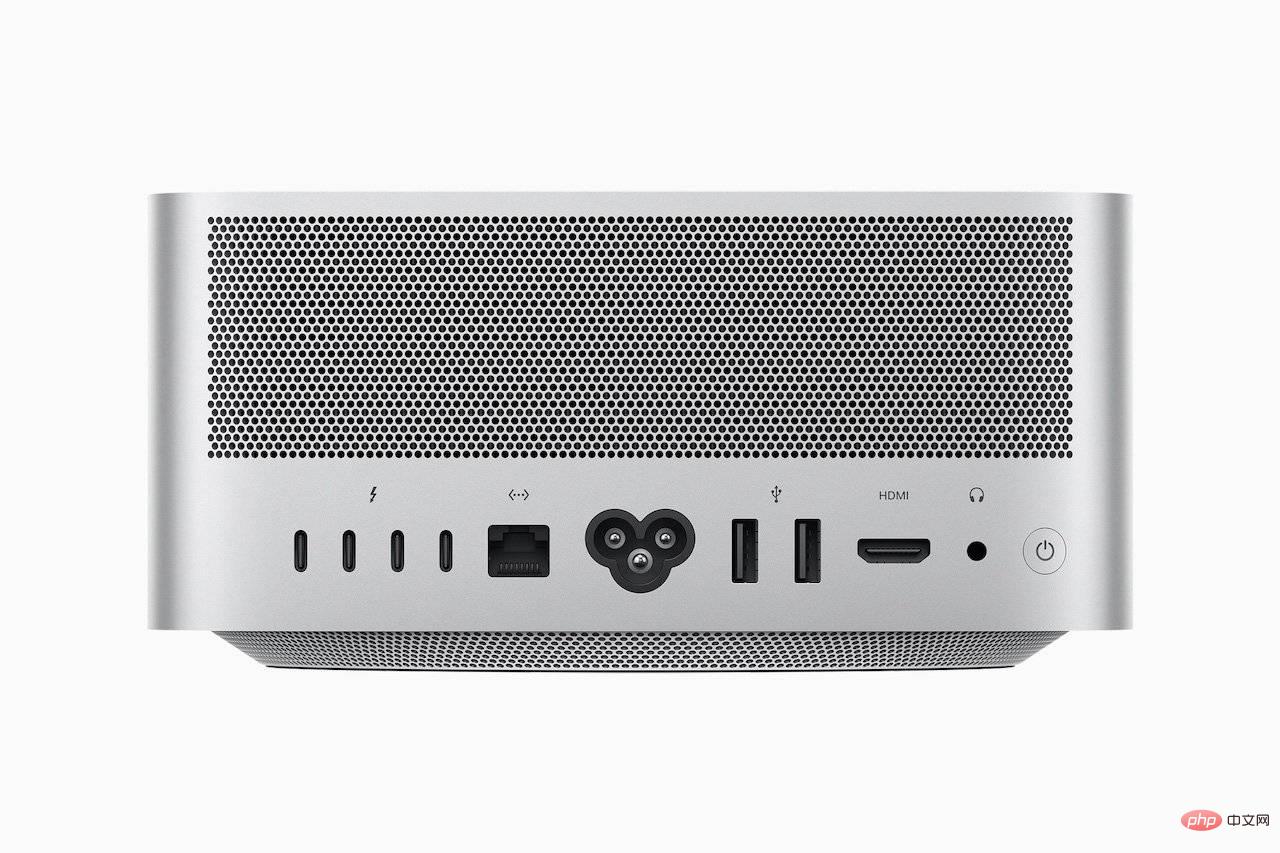 Mac Studio is a great value, including powerful I/O.
Mac Studio is a great value, including powerful I/O. 
